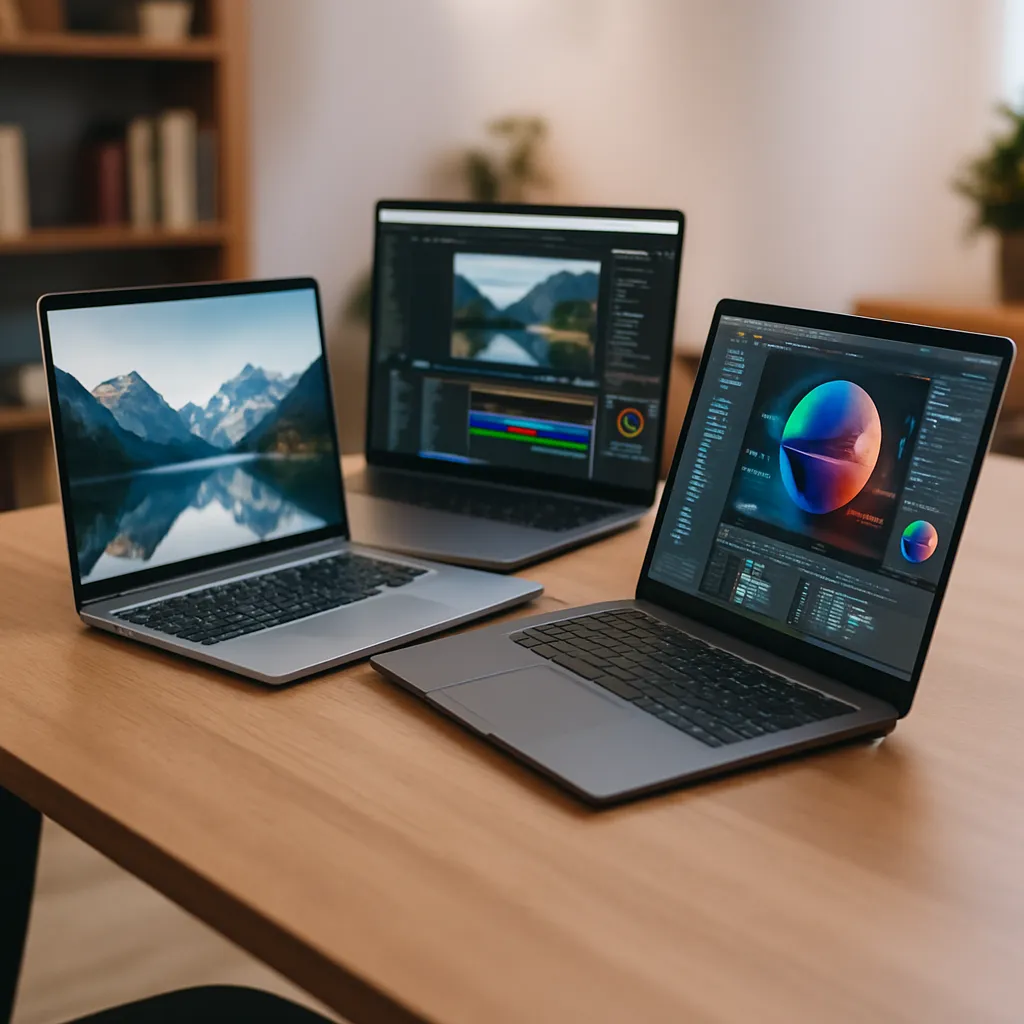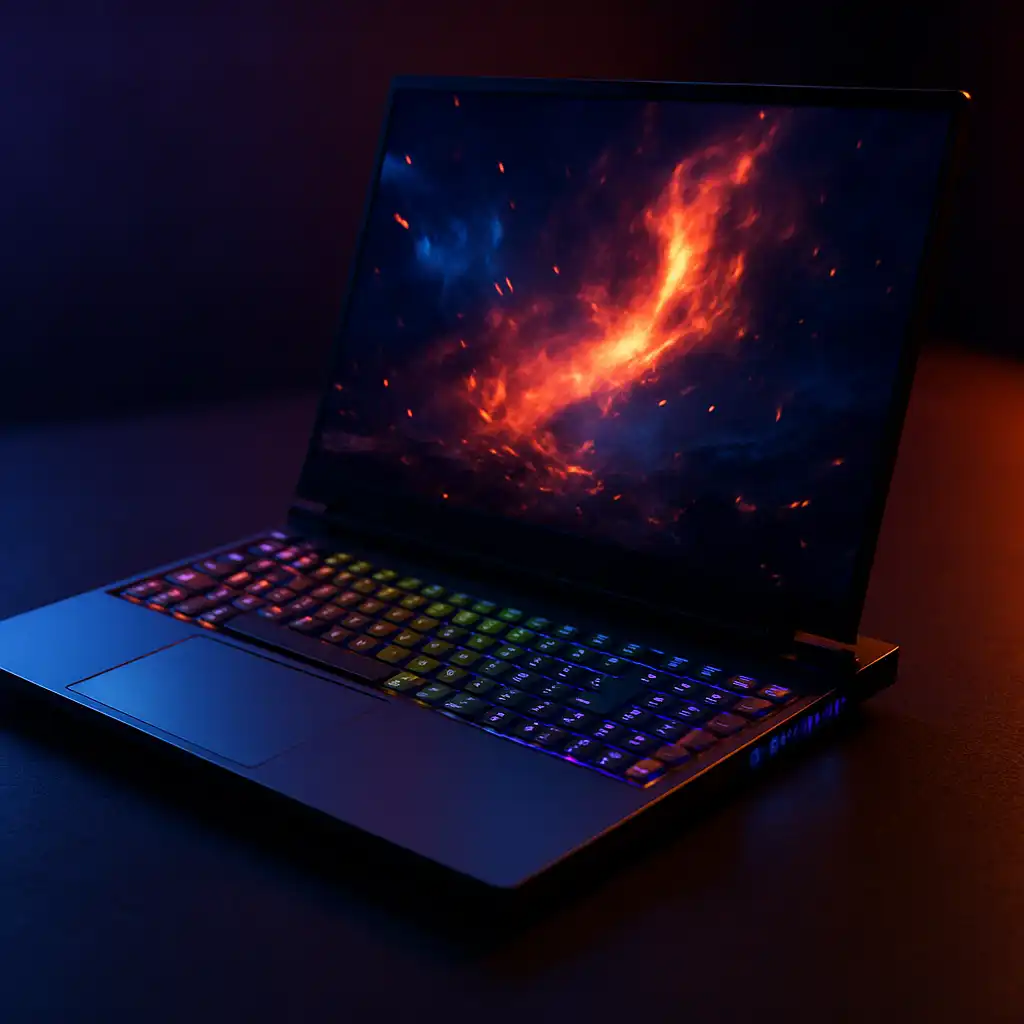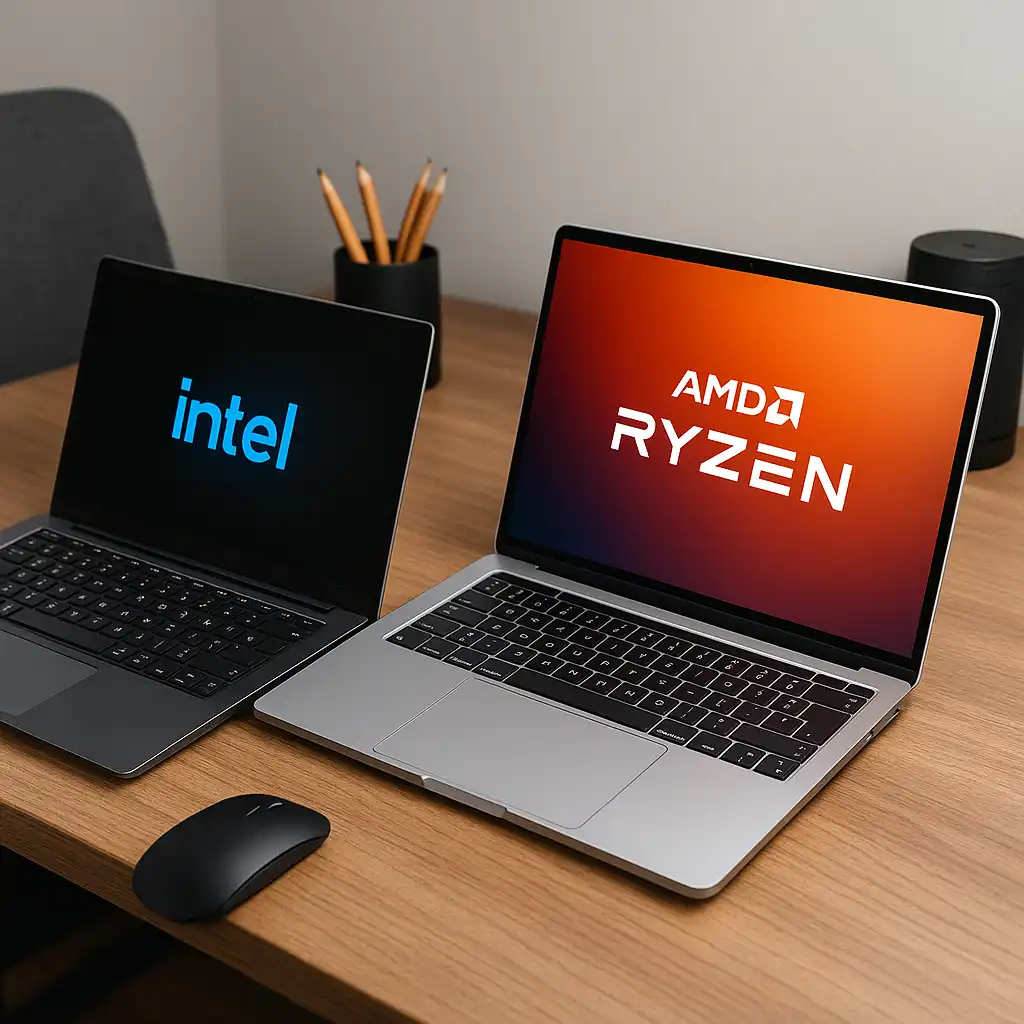Best Non Gaming Laptop With Graphics Card – Budget To Premium Picks
Disclosure: This post contains affiliate links. As an Amazon Associate, I earn from qualifying purchases—at no extra cost to you.
Last Updated: September 25, 2025
Not everyone wants a flashy gaming laptop with RGB lights. Many people just need a clean, professional laptop that still has a dedicated graphics card for editing, creative projects, or even light gaming. The good news is there are several non-gaming laptops with GPUs that deliver power without the gamer look. Here we’ll compare three options across budget, mid-range, and premium tiers.
👉 If you’d rather upgrade your current laptop instead of replacing it, take a look at our guide to the top external GPU options for laptops.
💰 Check Price & Availability
View on Amazon – Dell Precision 5550 (Quadro T1000)
View on Amazon – Acer Swift X 14 (RTX 4060)
View on Amazon – Lenovo ThinkPad P1 Gen 7 (RTX 4070)
📋 Quick View – Key Highlights
Dell Precision 5550 (Budget)
- 15.6″ FHD+ non-touch display
- Intel Core i7-10850H, NVIDIA Quadro T1000
- 32GB DDR RAM, 512GB SSD
- Sleek silver finish, pro design
- Workstation stability at entry price
Acer Swift X 14 (Mid-Range)
- 14.5″ OLED 2880 x 1800 120Hz
- Intel Core Ultra 7 155H, RTX 4060
- 16GB LPDDR5X RAM, 1TB SSD
- Slim and portable
- Great balance for creators
Lenovo ThinkPad P1 Gen 7 (Premium)
- 16″ 2K 500-nit display
- Intel Ultra 9 185H, RTX 4070
- 32GB RAM, 1TB SSD
- Workstation-grade durability, Wi-Fi 7
- Built for professionals
🔍 Design & Build Quality
The Dell Precision 5550 is slim, silver, and professional. It’s built as a workstation and doesn’t carry any gamer branding. The Acer Swift X 14 is light and portable, perfect if you travel often. The ThinkPad P1 Gen 7 sticks with Lenovo’s classic durable business style, built to withstand heavy professional use.
🔍 Performance For Home & Everyday Use
If you’re looking for the best non gaming laptop with graphics card, performance is what matters most. The Precision 5550 runs creative software smoothly with its Quadro T1000 GPU, making it a reliable option for design and 3D work. The Swift X 14 offers more modern GPU power with its RTX 4060, giving creators a strong mid-range option. At the top, the ThinkPad P1 Gen 7 pairs an RTX 4070 with an Intel Ultra 9 CPU for workstation-class speed. These are all good non gaming laptops for gaming, but their real strengths lie in productivity.
🔍 Display & Multimedia
The Precision 5550 offers a sharp 15.6″ FHD+ display—great for everyday tasks and creative workflows. The Swift X 14 takes it further with an OLED panel, delivering rich colors and detail ideal for photo and video editing. The ThinkPad P1 Gen 7 tops the group with its 500-nit 2K display, excellent for design work under different lighting conditions. If you want non gaming laptops with dedicated graphics that also excel in screen quality, Acer and Lenovo stand out.
🔍 Battery Life & Connectivity
Battery life varies by model. The Precision 5550 handles light workloads well but drains faster under heavy GPU use. The Swift X 14 balances power and efficiency, making it a smart travel companion. The ThinkPad P1 Gen 7 prioritizes performance, so demanding apps will eat through its battery, though Wi-Fi 7 keeps it ready for the future.
👉 Curious how your battery impacts speed and reliability? Check our guide on whether a weak battery can affect laptop performance.
📦 Dell Precision 5550 (Quadro T1000) – Budget Option
The Dell Precision 5550 is an excellent starting point for anyone who needs GPU power without gamer branding. With its Quadro T1000 graphics card, Core i7 CPU, and professional silver design, it’s built for serious work. Students in design, entry-level professionals, and freelancers will appreciate its workstation stability at a more approachable price.
📦 Acer Swift X 14 (RTX 4060) – Mid-Range Option
The Acer Swift X 14 balances portability and performance. It’s thin, light, and capable of handling creative apps, rendering, and editing. The RTX 4060 gives you the punch you need without sacrificing a sleek look. For freelancers and creators who want something professional yet powerful, this is the right fit.
📦 Lenovo ThinkPad P1 Gen 7 (RTX 4070) – Premium Option
The Lenovo ThinkPad P1 Gen 7 is the premium choice here. With an RTX 4070, Intel Ultra 9 CPU, and a rugged design, it’s a powerhouse for architects, engineers, and advanced creators. If you want workstation-grade reliability and performance without gamer aesthetics, this laptop delivers.
🔍 Who Should Buy A Non-Gaming Laptop With Graphics Card?
These laptops suit anyone who wants professional looks with extra GPU power. Students in design fields will find the Precision 5550 a solid starting point. Freelancers and creators will enjoy the Swift X 14 for its portability. Professionals who need workstation reliability should choose the ThinkPad P1 Gen 7. They’re all good non gaming laptops for gaming, but their primary focus is handling demanding real-world work.
📌 Key Takeaways
- Dell Precision 5550: Budget workstation with Quadro T1000
- Acer Swift X 14: Portable, creator-focused mid-range option
- Lenovo ThinkPad P1 Gen 7: Premium workstation with RTX 4070
- All three avoid gamer styling while delivering strong GPU performance
🟢 FAQs
Q: Can a non-gaming laptop with a graphics card handle light gaming?
Yes. Both the Dell Precision 5550 and Acer Swift X 14 can manage popular titles, though they’re built more for work.
Q: What’s the difference between integrated graphics and dedicated graphics?
Integrated GPUs share memory with the CPU, while dedicated GPUs have their own memory. Dedicated graphics give much better performance for demanding apps.
Q: Are non-gaming laptops with GPUs good for creators?
Absolutely. Extra GPU power speeds up editing, design, and 3D workloads significantly.
✅ Conclusion
The best non gaming laptop with graphics card comes down to your needs and budget. The Dell Precision 5550 offers workstation-grade reliability for entry-level professionals, the Acer Swift X 14 delivers mid-range balance for creators on the move, and the Lenovo ThinkPad P1 Gen 7 stands as the premium pick for serious pros. All three combine strong graphics performance with professional styling.







